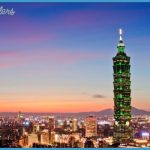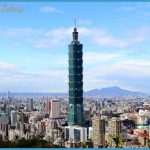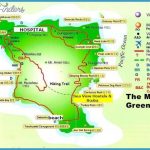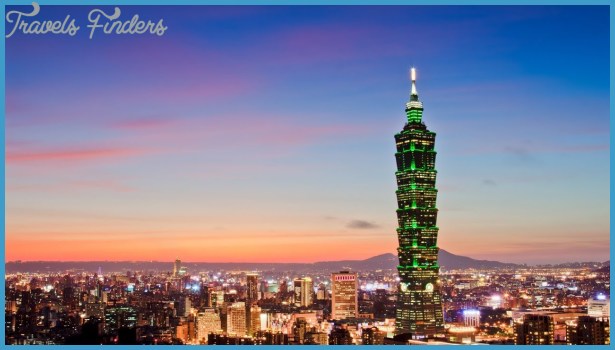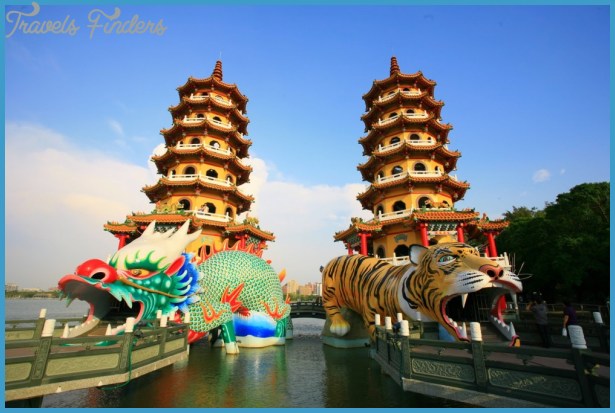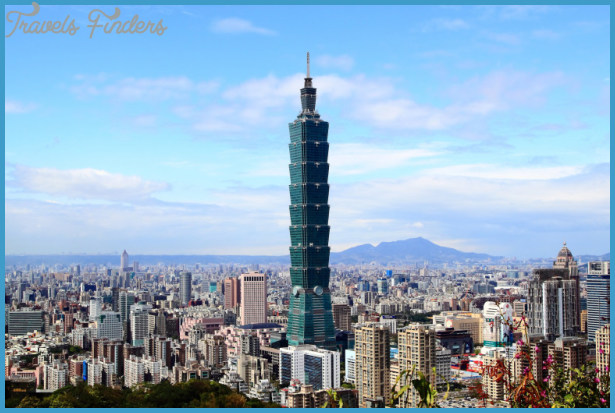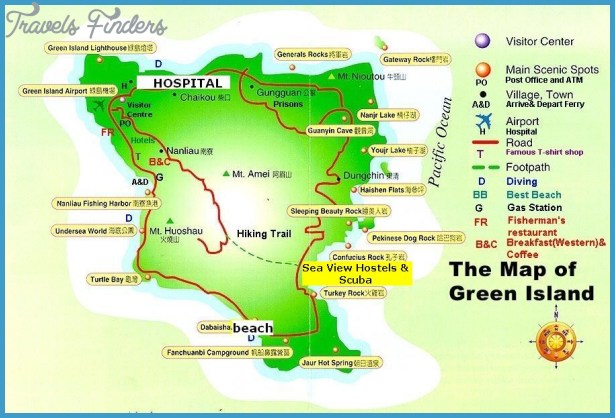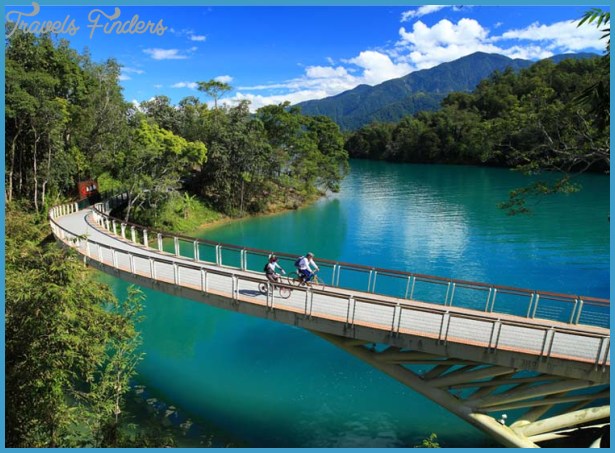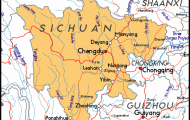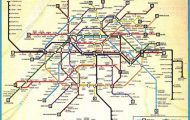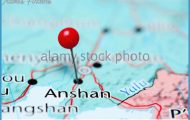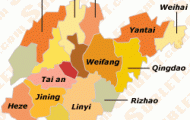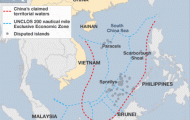The legal currency of Taiwan is the New Taiwan Dollar (NT$; Kuai) and, since 1992, the Renminbi Yuan (RMB ¥), the “people’s currency” of the Chinese People’s Republic.
The state pays great attention to the matter of public transport, in attempts to ensure that there are good links between the mountainous east of the island and the industrial and economic centres in the west.
In all, the Taiwan Railway Administration is responsible for some 2500km/1550 miles of railway track, of which 1200km/750 miles is used for scheduled services, with two main lines in the east and west ofthe island -with an extension for high-speed trains planned for the stretch between Taipei and Kaohsiung – and 1300km/800 miles for transport of special freight such as timber and sugar.
The road network (note: driving is on the right) has a total length of 20,000km/12,500 miles, of which 17,000km/10,500 miles are asphalted. Since 1978 a motorway-the Sun-Yat-sen Freeway, over 370km/230 miles long – has linked the capital Taipei in the north with the port of Kaohsiung in the south. In recent years several east-west link roads have been constructed. All parts ofthe island are linked by good bus services.
There are two international airports at Taipei and Kaohsiung, as well as a further eleven smaller airports catering for domestic flights on Taiwan and to the outlying islands. In all there are seven Taiwan airlines, but only China Airlines (CAL) operates scheduled international flights.
The Taiwan trading fleet owns over 13,200 ships, but 12,000 or so of these are just small fishing vessels. Overseas traffic uses the four international sea ports of Kaohsiung, Chilung, Taichung and Hualin.
In the last twenty years or so tourism has developed considerably and now makes an important economic contribution to the economy of Taiwan. Whereas in 1970 less than 410,000 foreign tourists visited the island, in
1991 this figure had risen to more than 1,800,000. More than a half of the tourists come from Japan. Apart from Chinese living abroad who come to visit their families, the second largest contingent, some 13% ofthe total, is from the USA, followed by Koreans (9%). For their part, the Taiwanese travel mainly to Hong Kong, Japan and Thailand.

